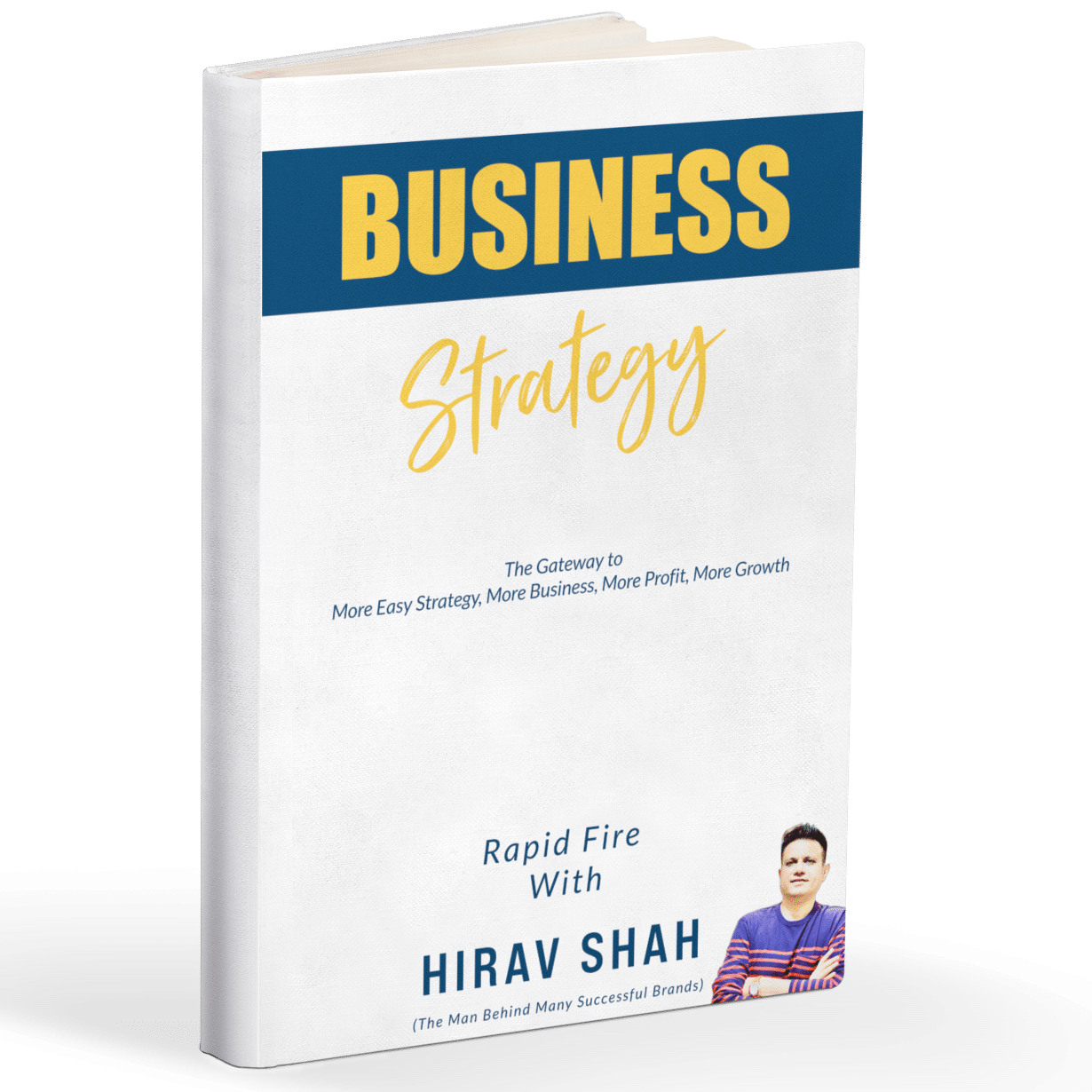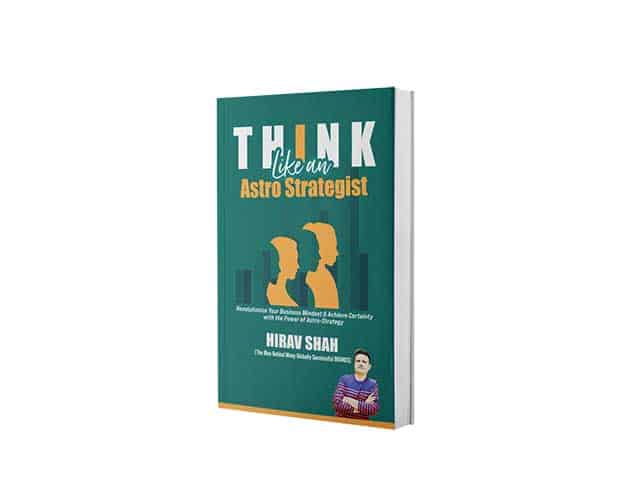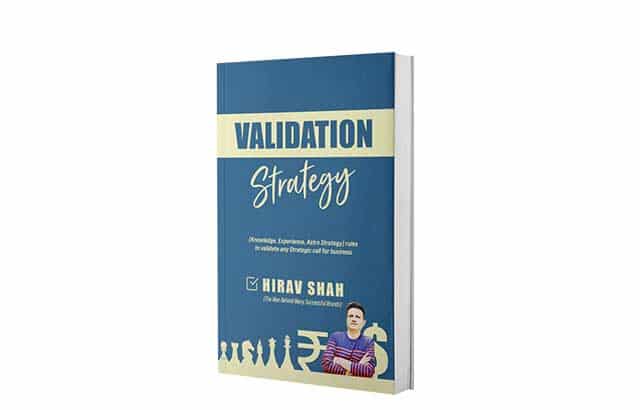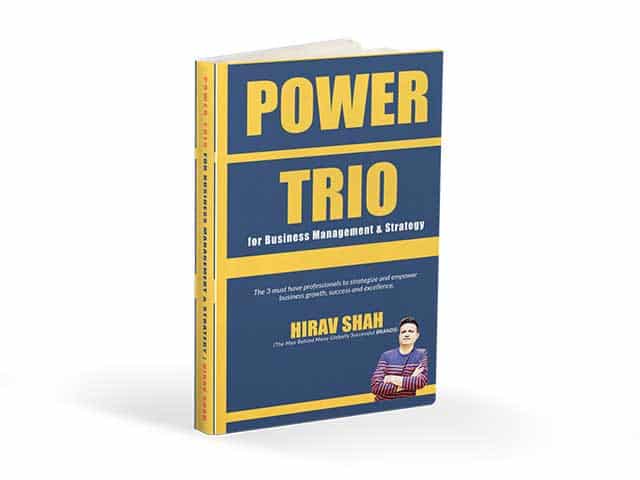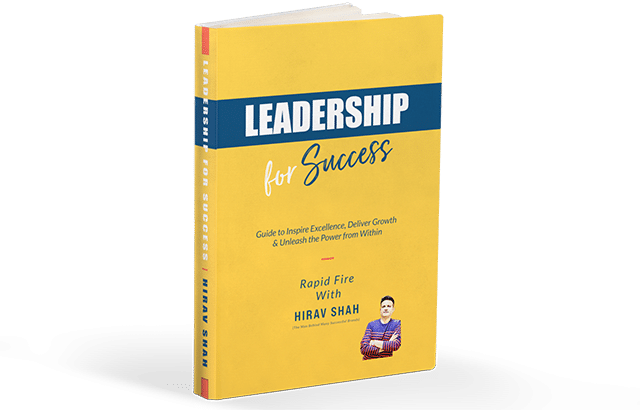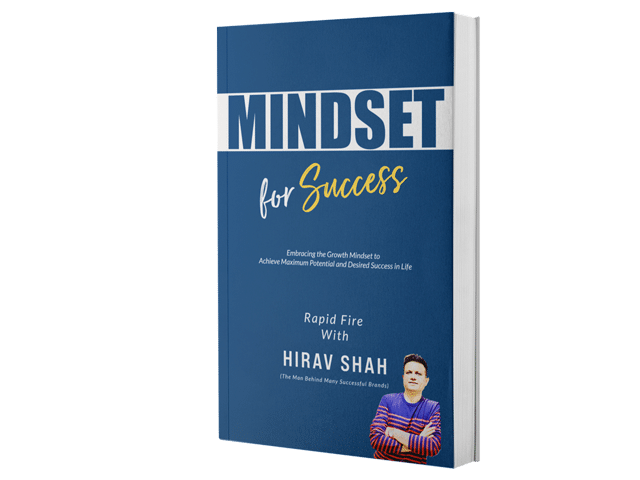From opening your eyes, to see what’s right in front of you, comes the most profound gratitude.
It’s been right in front of you this whole time. You have air to breathe, and healthy lungs to breathe with. You have a body to hold your lungs.
You have eyes to read words, ears to hear music, a tongue to taste food.
You have a heart to feel emotion, and love, and connect with other people.
You have people – people in your life you love, and you want to show them how much you love them, but you are afraid. You can’t let that hold you back forever.
You have a life to live. You have been given this life to experience all that life has to offer. This becomes the source of boundless gratitude.
Acknowledging the good that you already have in your life is the foundation for all abundance. Gratitude is not only the greatest of virtues but the parent of all others.
Table of Contents
Ways to Build Your Gratitude Muscles
Here are some simple strategies as outlined by Hirav Shah:
1. Start and finish with an intent
Begin each day by pondering about all you appreciate and as you turn out the lights at the end of each day, also consider all you’re grateful for. So, begin and end with intention is all we are saying.
2. Bring conscious attention
Throughout the day, find little things about which you can be thankful. Perhaps your maid got something for you or your friend made you smile. Don’t take things for granted.
Make everything count and bring conscious attention to elements which make you happy.
3. Be honest and to the point
Some of the easiest ways of expressing gratitude are a warm smile, a handshake, an embrace, a tender touch of the hand and expressions that easily convey your gratitude and are universally understood.
Another way is to write, call or text to say “thank you, I appreciate your thoughtfulness and kindness. You were very sweet to think of me.” It is short, sweet and to the point.
4.Don’t judge
Don’t make judgments. Yes, about others. Unless you have stepped into their shoes, you actually don’t know what someone else’s experience is like. Without being egoistic, appreciate people’s achievements. Stop judging. Show some gratitude !!
Final Thoughts
Gratitude is something which establishes you in the present and you drop all your worries.
The moment you express your gratitude, it brings an aura near you. You absorb the powerful energy, you become receptive for God’s grace and whosoever will look into your eyes, will get amazed with your vibes.
Through gratitude one surrenders, through gratitude you drop your ego, through gratitude you remain respectful towards others. You get awakened and this is such a powerful tool to change your individuality.
Lastly, medicine doesn’t only come in the form of pills. Today it also comes in the form of “gratitude”-Concludes Hirav Shah, Noted Influencer, Astro-Strategist, Business Astrologer and Entrepreneur.







